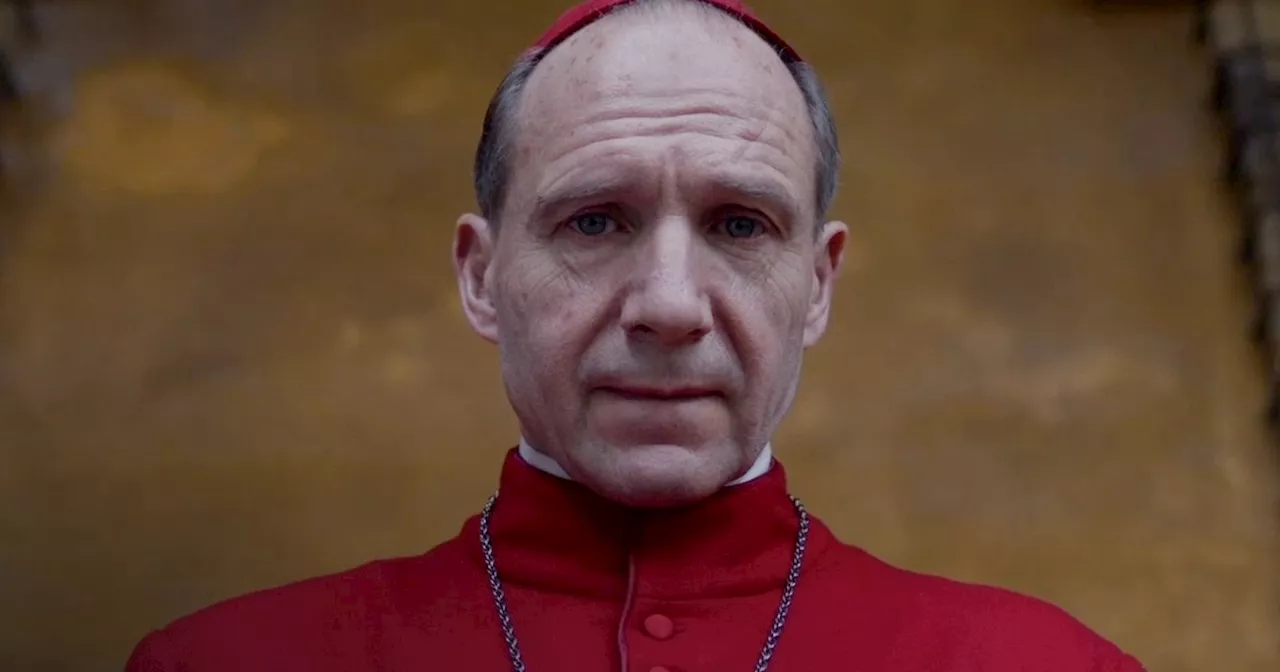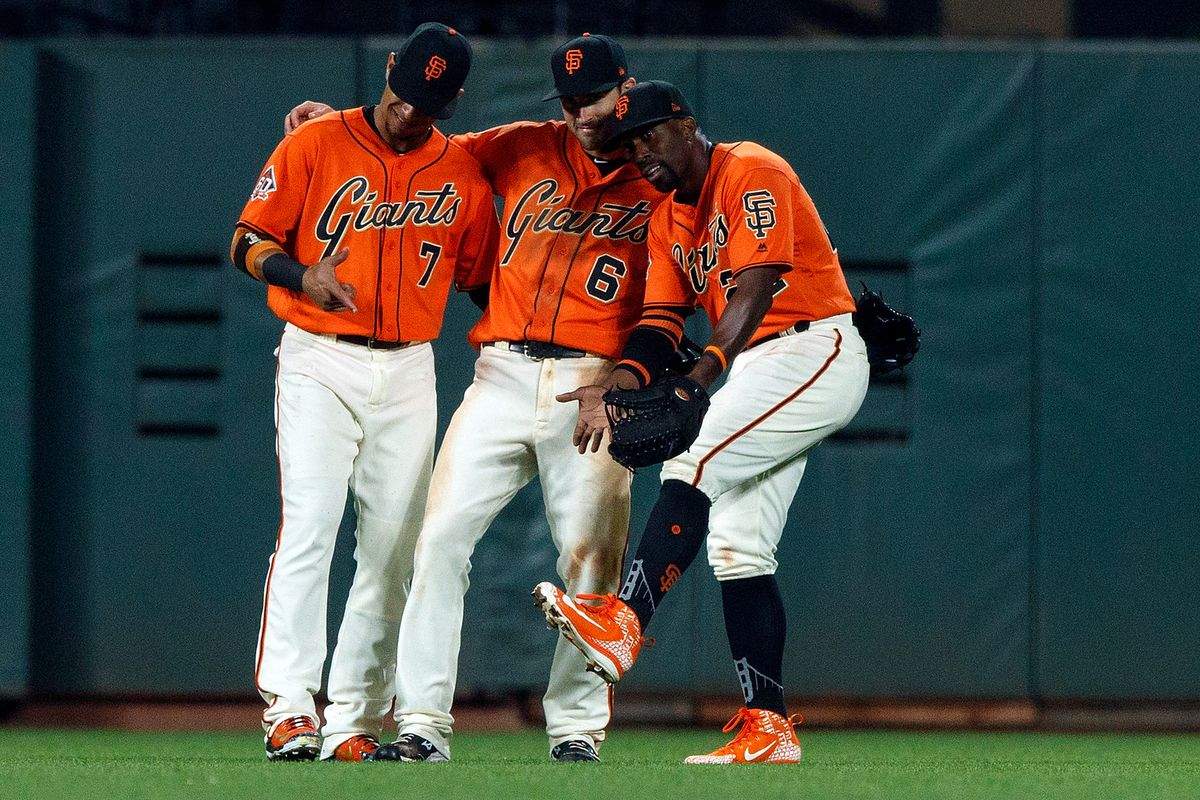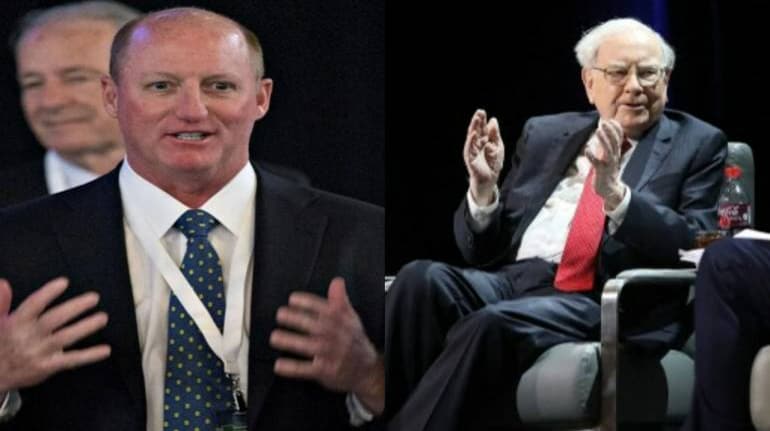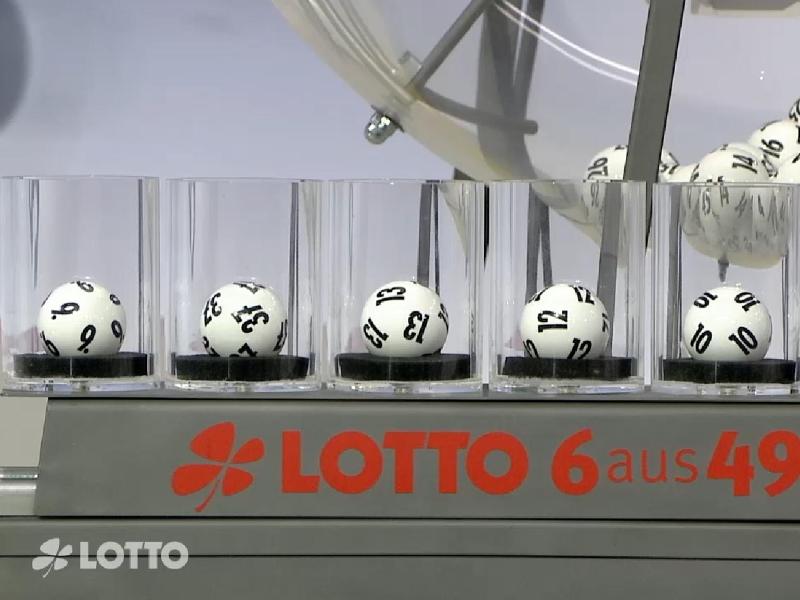The Papal Conclave: A Detailed Explanation Of The Pope Selection Process

Table of Contents
The Pre-Conclave Period: Preparations and Eligibility
The period between a Pope's death or resignation and the start of the conclave is a time of significant preparation and transition, known as the Sede Vacante (vacant See). During this interim period, the Cardinal Camerlengo (Chamberlain), the highest-ranking cardinal, assumes the temporary administration of the Church. The Camerlengo's responsibilities include managing Church affairs, ensuring the smooth functioning of the Vatican, and overseeing preparations for the upcoming conclave.
The eligibility of Cardinal electors to participate in the Papal Conclave is strictly defined:
- Age: Cardinal electors must be under 80 years old at the time of the Pope's death or resignation. This rule, introduced in 1978, aims to ensure a balance between experience and vigor in the leadership of the Church.
- Good Standing: Cardinals must be in good standing within the Church, free from any canonical impediment or censure. This ensures that only those considered exemplary in their faith and conduct can participate in the selection of the next Pope.
- Other Qualifications: While not explicitly listed, cardinals known for their theological scholarship, pastoral experience, and administrative abilities are often favored as potential candidates.
The Sede Vacante period is crucial. It allows for the orderly transition of power, the dissemination of information to the cardinals, and the meticulous preparation of the conclave itself. The smooth functioning of this period is vital for the overall success of the Papal Conclave.
The Conclave: Seclusion and the Voting Process
The Papal Conclave takes place in a highly secure and secluded environment, traditionally within the Vatican walls. Stringent security measures are implemented to ensure the privacy and integrity of the voting process. Before the conclave begins, the cardinal electors take a solemn oath of secrecy, pledging to uphold the confidentiality of all proceedings. Any breach of this oath carries severe consequences.
The voting process is meticulously structured:
- Secret Ballots: The election is conducted using secret ballots to ensure impartiality and prevent undue influence. Each ballot is meticulously checked to prevent fraud.
- Two-thirds Majority: A two-thirds majority of the votes cast is required for a valid election. If no candidate achieves this majority in the initial rounds, voting continues until a clear winner emerges.
- Vote Counting and Announcement: After each round of voting, the ballots are carefully counted by appointed officials. The results are then communicated to the assembled cardinals.
The use of smoke signals remains a visually compelling aspect of the conclave. Fumata bianca (white smoke) signals the election of a new Pope, while fumata nera (black smoke) signifies that no candidate has achieved the required majority. This simple visual cue transmits the outcome to the eagerly awaiting world outside the Vatican walls.
The Election of the Pope: Announcing the New Pontiff
The moment a cardinal receives the required two-thirds majority is a pivotal point. The election is immediately announced to the cardinals present, followed by the ringing of bells. The news is then relayed to the world.
The Habemus Papam ("We have a Pope") announcement, traditionally made from the balcony of St. Peter's Basilica, marks the beginning of a new era in the Catholic Church. The newly elected Pope then chooses a papal name, a tradition with historical and symbolic significance. Many Popes select a name to honor a saint or a predecessor whose qualities they admire.
The first papal blessing, Urbi et Orbi ("To the city and to the world"), follows the announcement, conveying a message of hope and peace to the global Catholic community and the world at large. This act signifies the new Pope's authority and the beginning of his pontificate.
The Role of the Holy Spirit in the Papal Conclave
The Catholic Church believes the Holy Spirit plays a crucial role in guiding the cardinals during the Papal Conclave. The election is viewed not simply as a political process but as a spiritual one, with prayers and liturgical services emphasizing divine intervention. The cardinals engage in intense prayer and reflection, seeking divine guidance in choosing the most suitable leader for the Church.
History and Evolution of the Papal Conclave
The Papal Conclave has undergone significant evolution throughout history. Initially, the process was less structured, with considerable influence from powerful factions. Over the centuries, regulations were established to ensure greater fairness and impartiality. The introduction of the two-thirds majority rule and the age limit for electors are crucial examples of this evolution. The impact of modern technology and media on the conclave is significant. While maintaining secrecy, the Vatican has increasingly utilized media to keep the world informed of the proceedings, thereby increasing transparency.
Notable historical conclaves have had profound impacts on the Church's trajectory. Some conclaves were marked by political intrigue and long periods of deliberation, while others resulted in swift and decisive elections. Studying these historical examples provides valuable insights into the evolving nature of the Papal Conclave and its lasting influence on the Catholic Church.
Conclusion
The Papal Conclave is a complex and fascinating process, a blend of ancient tradition and modern governance. Understanding its intricacies provides valuable insight into the Catholic Church's structure and the selection of its leader. From the pre-conclave preparations and the stringent eligibility requirements to the secrecy of the voting process and the dramatic announcement of the new Pope, every stage is significant. By learning about the Papal Conclave, we gain a deeper appreciation for the rich history and enduring faith of the Catholic Church. For a more thorough understanding of this critical process, further research into the history and specific regulations surrounding the Papal Conclave is encouraged.

Featured Posts
-
 The Enduring Marriage Of Ralph Macchio Lessons From The Cobra Kai Actor
May 07, 2025
The Enduring Marriage Of Ralph Macchio Lessons From The Cobra Kai Actor
May 07, 2025 -
 Intense Drama Promised In New The Last Of Us Part Ii Trailer Featuring Pedro Pascal And Bella Ramsey
May 07, 2025
Intense Drama Promised In New The Last Of Us Part Ii Trailer Featuring Pedro Pascal And Bella Ramsey
May 07, 2025 -
 Mariners Vs Giants Outfielders Heroic Catch Steals The Show
May 07, 2025
Mariners Vs Giants Outfielders Heroic Catch Steals The Show
May 07, 2025 -
 Understanding Greg Abel Warren Buffetts Chosen Successor
May 07, 2025
Understanding Greg Abel Warren Buffetts Chosen Successor
May 07, 2025 -
 Mittwoch 9 April 2025 Lotto 6aus49 Gewinnzahlen Ueberpruefen
May 07, 2025
Mittwoch 9 April 2025 Lotto 6aus49 Gewinnzahlen Ueberpruefen
May 07, 2025
